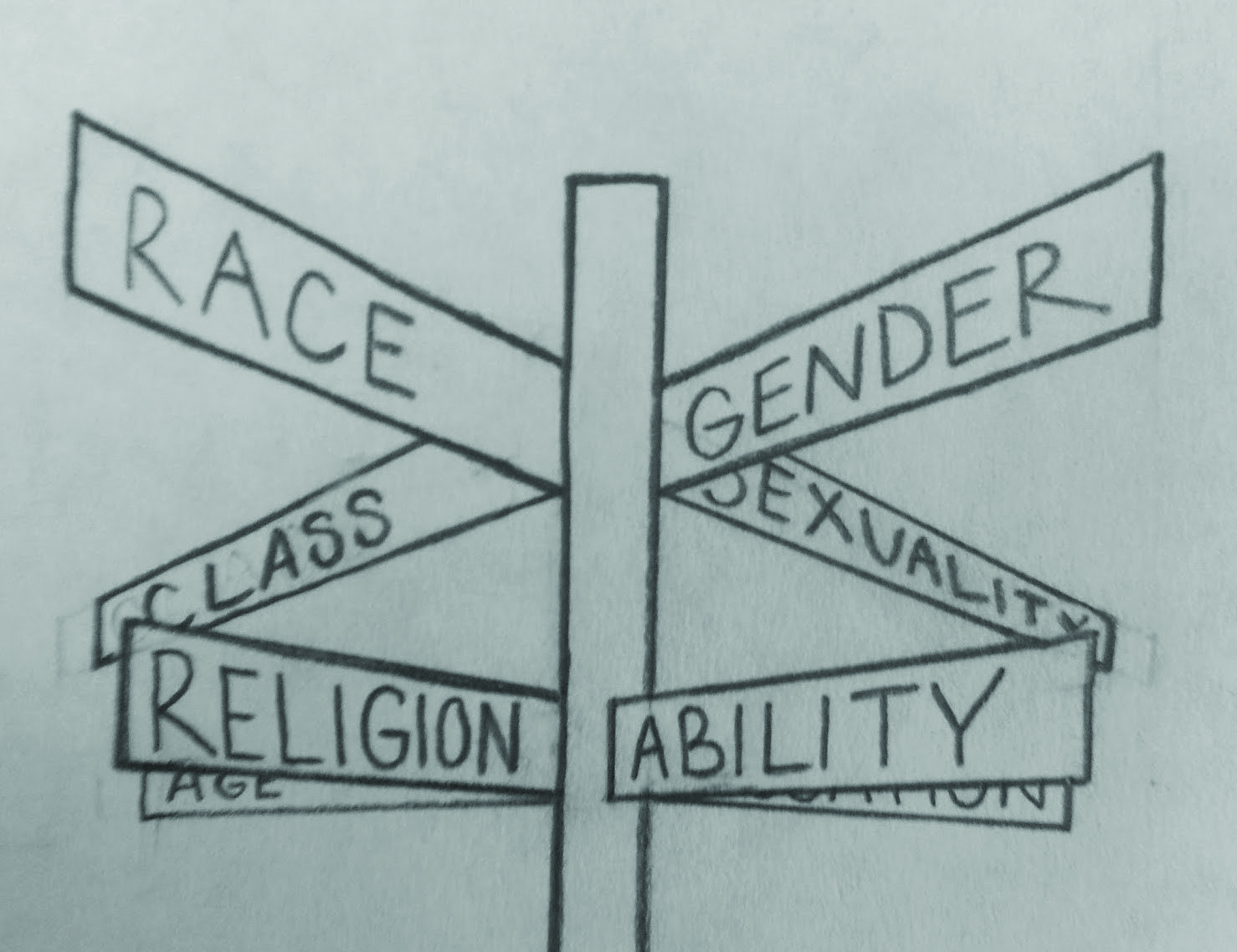Throughout much of higher education, diversity training has become widely prominent and in many cases, mandatory. A survey sponsored by the Association of American Colleges and Universities found that 60 percent of schools have some type of diversity requirement for undergraduate students.
The purpose of a diversity course is to establish an awareness and a deeper level of understanding among different groups of people, in order to reduce prejudices and discrimination that may exist. Despite these efforts, many of the concepts presented in these mandatory courses are based on theories and have little scientific backing.
One of the primary topics addressed in diversity courses is intersectionality. This is the idea that multiple overlapping oppressive groups can adversely affect an individual. For example, a gay, black female is supposedly oppressed by three different groups, since the United States is a heteronormative, majority-white, patriarchal society. The dreaded white, straight, Christian male however, does not belong to any oppressed groups.
The complications arise when this essentially becomes a false guide to the success of an individual. How can one succeed if they belong to these supposed victim groups? Having a victim mentality is an “acquired” personality trait that psychologists refer to as a dysfunctional mindset. Intersectionality is almost like a competition to see who can belong to the most victim groups and can win the oppression olympics. Claiming victimhood is an easy way to blame life’s inevitable challenges on something other than one’s own shortcomings. Through the indoctrination of theories such as intersectionality, individuals develop an unhealthy mindset and lack personal responsibility.
Another belief frequently brought up in diversity courses is unconscious bias. Unconscious bias, sometimes referred to as implicit bias, are subconscious thoughts and biases that an individual may have which potentially could lead to discriminatory actions. Psychologists are split on whether or not this idea should be taken seriously. The issue with implicit bias is that there is no simple way to determine its existence among different people and its effects within a population.
It is virtually impossible to measure how thoughts in which a person does not even know are occuring can result in any type of discrimination. Also not all subconscious thoughts result in action. Because of this, unconscious bias has never been presented in any type of courtroom setting. Despite the conflicting science behind this theory, colleges are quick to implement this in their curriculums.
Academic institutions across the United States are infatuated with diversity and inclusion. Mandatory courses to address this matter are becoming increasingly popular among college campuses, including St. Bonaventure University. Incoming students are required to take SBU-102, an introduction to diversity, as well as one diversity-coded course. The general framework of the class sounds enticing, but many of the concepts are poor and lack scientific credibility.
By Daniel Janak, Contributing Writer
janakdj17@bonaventure.edu






